This website uses cookies so that we can provide you with the best user experience possible. Cookie information is stored in your browser and performs functions such as recognising you when you return to our website and helping our team to understand which sections of the website you find most interesting and useful.
A modern monarch: King Charles III
By Dominique Dinse | 20 April 2023 | Culture, Lifestyle
As the world prepares for the first British coronation in more than 70 years, we discover how the historic ceremony will see ancient traditions honoured – and a modern new monarchy forged – and delve into the fascinating life of the man destined to be King
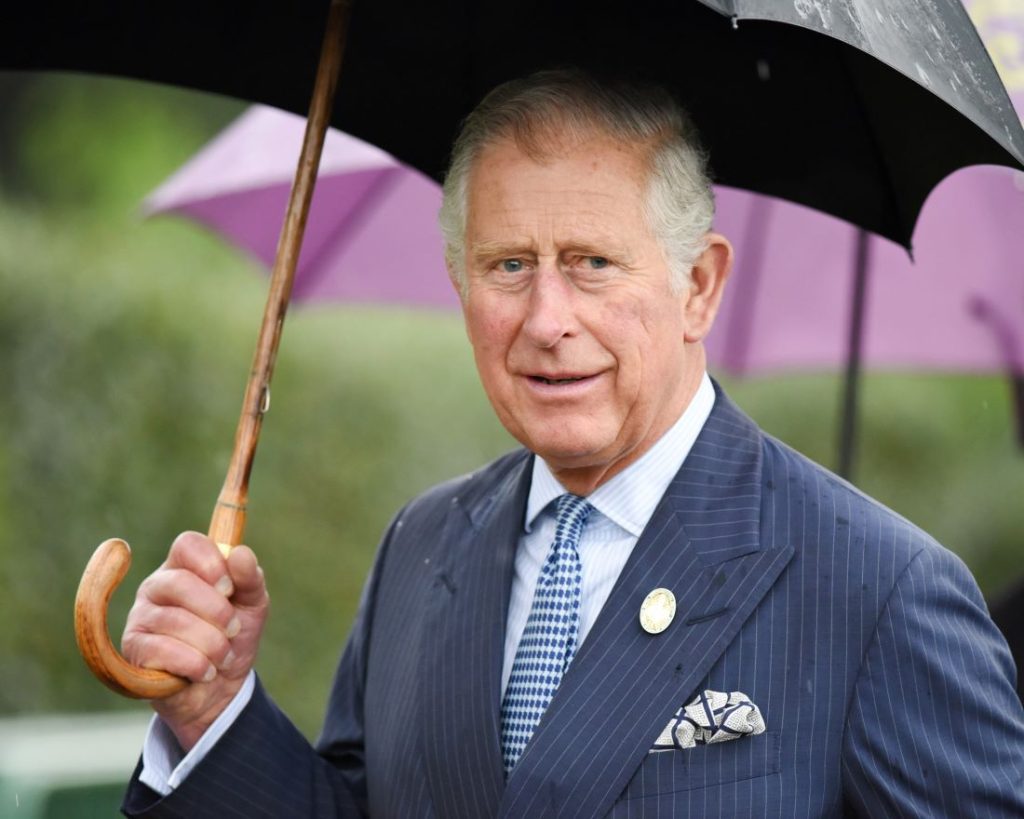
King Charles III
King Charles III’s coronation on 6 May 2023 will set the crown on seven decades of steadfast service and preparation, cementing a destiny foretold at birth. And, while it will continue a royal tradition spanning almost an entire millennium, it will also usher in a visibly modern monarchy.
On 6 May 2023, at the estimable age of 74, Charles will become the 40th member of the royal family since William the Conqueror in 1066 – and the oldest monarch in British history – to be crowned in Westminster Abbey’s gilded halls. The ceremony will be the grand focal point in a long bank holiday weekend gifted with an extra day to allow the nation free rein to celebrate.
Buckingham Palace has announced various events for the weekend, including a concert and laser light show at Windsor Castle on Sunday 7 May, and pubs, clubs and bars across England and Wales will be permitted to extend their licensing hours from 11pm to 1am to allow patriotic revellers to raise a glass to the new King. People are being invited to take part in volunteering projects in their local community, as part of the Big Help Out initiative. Celebration Big Lunch street parties are also being planned across the weekend.
It was the death of Queen Elizabeth II on 8 September 2022 that saw the then Prince of Wales accede to the throne. Her Majesty was always going to be a tough act to follow. Having just months earlier celebrated her historic Platinum Jubilee – making her seven- decade reign the longest of any British monarch – her death aged 96 was met with fulsome and abundant eulogies from world leaders, celebrities and members of the British public.
Her moving state funeral, watched by more than 32.5 million people, followed a solemn five-day lying in state, with more than 250,000 people filing past the Queen’s coffin in Westminster Hall to pay their respects. Some – including footballer David Beckham – had waited for more than 24 hours, in a queue that reached ten miles at its peak.
The outpouring of grief that followed the Queen’s death showed the depth of devotion to a royal head of state who inspired respect and admiration for her unwavering sense of duty to her country.
In his first address as King, Charles paid tribute to these attributes: “Throughout her life, Her Majesty the Queen – my beloved mother – was an inspiration and example to me and to all my family, and we owe her the most heartfelt debt any family can owe to their mother; for her love, affection, guidance, understanding and example.
“Queen Elizabeth’s was a life well lived; a promise with destiny kept and she is mourned most deeply in her passing. That promise of lifelong service I renew to you all today.”
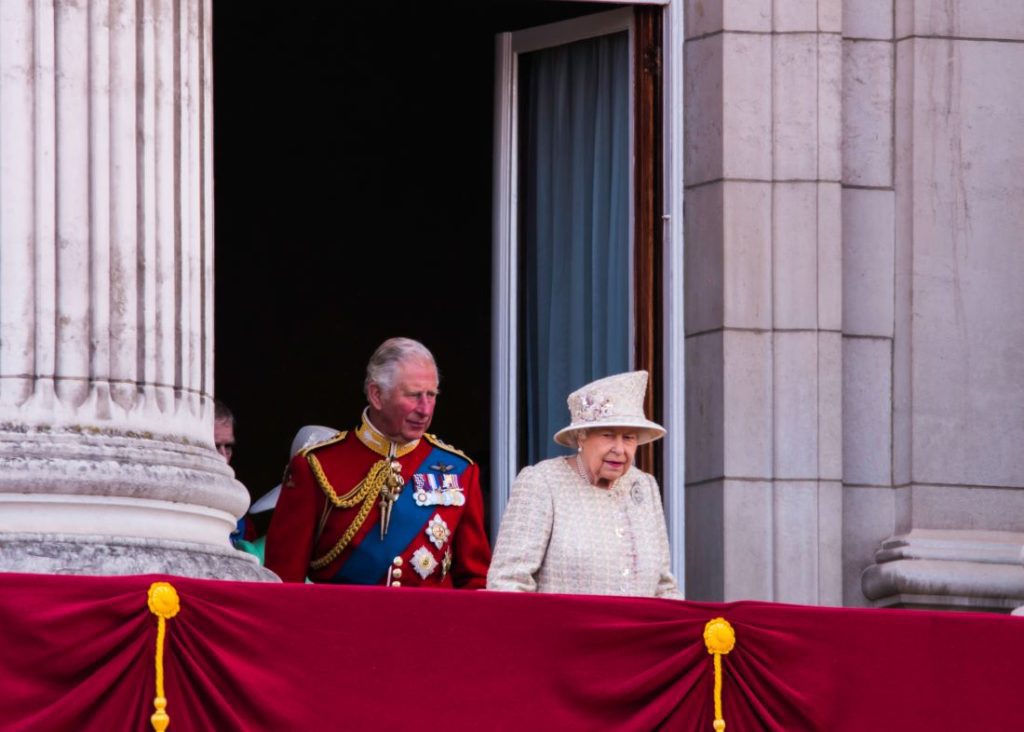
King Charles III & Queen Elizabeth II
Crowned in 1952, the late Queen oversaw great changes in society during her illustrious reign. Her own coronation was the first in British history to be broadcast live on television. Seven decades later, Elizabeth’s eldest son will use his coronation to herald in his own modern monarchy. Buckingham Palace has confirmed that although the coronation will be “rooted in long-standing traditions” it will also “reflect the monarch’s role today and look towards the future”.
The ceremony itself will be conducted by the Archbishop of Canterbury, the Most Rev Justin Welby. Speaking of the coronation, The Archbishop told the Telegraph he has been having “nightmares” in the build-up to the ceremony. “I dreamt we got to the point and I’d left the crown at Lambeth Palace. It’s obviously weighing on me quite a lot,” he said. “But it’s
just an enormous honour and privilege[…] and the coronation weekend is going to be a time of bringing the country together.”
The service will feature key points including the Oath, where the new sovereign swears to uphold the law and the Church of England, the Anointing, where a gold cloth conceals the King from view while he is anointed with holy oil, and the Recognition, where the Monarch is presented to those gathered in the Abbey.
Charles will be crowned with the 17th-century St Edward’s Crown. With a solid gold frame weighing nearly 5lbs and adorned with semi-precious stones, it is exceptionally heavy and so only used at the moment of coronation. The regal headwear was made for the Coronation of Charles II to replace the medieval crown – said to have belonged to the 11th-century royal saint King Edward the Confessor – that was melted down by parliamentarians in 1649 after the execution of King Charles I. Towards the end of the coronation ceremony, the King will don the Imperial State Crown, originally made for the coronation of King George VI in 1937.
The ceremony will also see Camilla, the Queen Consort similarly anointed and crowned. Part of the official coronation involves placing a special ring on the fourth finger of the monarch, representing that the sovereign is ‘wedded’ to the people, and a ring is offered to the Queen Consort in the same way.
It is known that Camilla will wear Queen Mary’s 1911 Crown, which has been taken out of the Tower of London to be resized ahead of the ceremony. The modified crown will also include three diamonds — the Cullinan III, IV and V — from the late Queen Elizabeth’s personal collection, but not the controversial Koh-i-Noor; the 105.6-carat diamond whose ownership is disputed.
A focal point during the historic ceremony will be the 700-year-old coronation chair, which has been cleaned and preserved inside Westminster Abbey ahead of the big day. It was made around 1300 for Edward I to house the famous Stone of Scone, or Stone of Destiny, which was brought from Scotland in 1296, having served as throne to Scottish kings for centuries. Built from oak and gilded with gold leaf, the chair was painted with patterns of birds, foliage and a king – it bears graffiti carved on the back.
RINGING IN THE CHANGES
So far, so traditional. But King Charles III will also use the service to make the occasion uniquely his own. It’s known he wants to incorporate the many different cultures and belief communities that represent Britain today, echoing his comments over past decades.
“I mind about the inclusion of other people’s faiths and their freedom to worship in this country,” he said in 2015. “It’s always seemed to me that, while at the same time being Defender of the Faith, you can also be protector of faiths.” There have been suggestions that the coronation oath might be altered accordingly.
He has also chosen to invite, for the first time, members of foreign royal families. For centuries, convention dictated that no other crowned royals should be present at the coronation of a British monarch because the sacred ceremony is intended to be an intimate exchange between the monarch and their people in the presence of God. But as part of his plan to bring the ceremony up to date, King Charles has decided to move on from the 900-year-old tradition by inviting his crowned friends, including European royals and rulers from Arab states. Among those expected to attend are King Willem-Alexander and Queen Máxima of the Netherlands, Prince Albert and Princess Charlene of Monaco, and King Abdullah and Queen Rania of Jordan.
With close and long-standing ties to many of his overseas counterparts forged through his decades of service as the Prince of Wales, the British heir apparent, the King’s invitation to them now provides an opportunity for soft diplomacy on behalf of the UK.
The rest of the guestlist will include members of the British royal family, dignitaries and public figures including Prime Minister, members of the Houses of Parliament, heads of state and representatives from the King’s many charities.
The King has also personally chosen the music for the ceremony, which will feature 12 newly commissioned pieces, including an anthem by composer Sir Andrew Lloyd Webber. Parts of the service will be sung in Welsh, with soloists including world-famous Welsh opera singer Sir Bryn Terfel. There will also be Greek Orthodox music in memory of the King’s father, Prince Philip, who was born in Greece. A gospel choir will also perform, as will choristers from Westminster School.
Despite all the necessary flourishes, this is likely to be a coronation shorter and smaller in scale than Queen Elizabeth II’s in 1953, and with a far more modest procession. More than 8,000 guests attended Queen Elizabeth II’s coronation, and Westminster Abbey had to be closed for five months to allow extra seating to be built. This time around, it seems likely the maximum number will be somewhere around 2,200; the Abbey’s normal capacity.
The King and Queen Consort will travel to Westminster Abbey in the King’s procession, and return to Buckingham Palace in a larger coronation procession, where they will be joined by other members of the royal family. Present will be members of the British royal family, including the King’s siblings and their families. The Prince and Princess of Wales and their children, George, Charlotte and Louis, will likely take a role.
The streamlined service will likely see royal peers pledge their personal allegiance to the King in private, with only the Prince of Wales – Charles’ eldest son and heir to the throne – paying his homage to the King during the ceremony.
The line of succession is likely to be subtly but significantly highlighted during proceedings, with the Prince and Princess of Wales reportedly keen for Prince George to play an “official” part – though they remain mindful that the nine-year-old will need to return to school the following Tuesday.
Prince Harry and Meghan, the Duke and Duchess of Sussex are thought to have received an invitation despite the rift that has grown since the couple broke away from their royal roles, details of which have been highly publicised in Harry’s recently published memoir Spare and subsequent interviews. A Sussex spokesperson said: “I can confirm the Duke has recently received email correspondence from His Majesty’s office regarding the coronation. “An immediate decision on whether the Duke and Duchess will attend will not be disclosed by us at this time.”
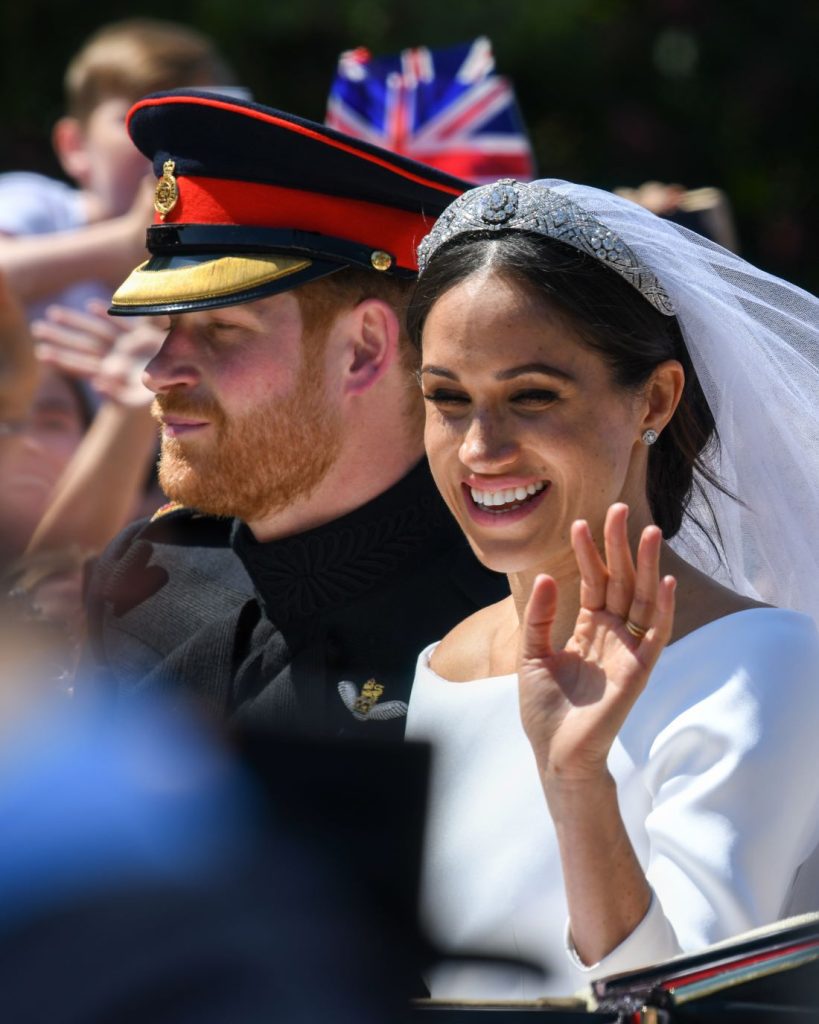
The Duke & Duchess of Sussex
Anne, The Princess Royal, who was a visible source of stalwart comfort and support for her brother Charles in the very earliest, grief-stricken days of his reign, is also expected to take on a ceremonial role during the service, as could the King’s youngest brother, Prince Edward, who was recently instated as Duke of Edinburgh. Prince Andrew, The Duke of York will not be permitted to attend in military dress or take on an official role after being stripped of royal titles in 2019 and forced to step back from royal duties in November 2019 over alleged sex abuse claims, which he has always denied.
THE MAN WHO WOULD BE KING
The eldest son of Princess Elizabeth and Prince Philip, the Duke of Edinburgh, Charles Philip Arthur George was born at Buckingham Palace at 9.14pm on 14 November 1948. On 6 February, 1952, at the age of three, he became heir apparent when his mother ascended the throne upon the death of her father, Charles’s grandfather, George VI.
As the eldest child of the Queen, Charles was tutored privately until 1956, when he became the first heir apparent to go to school. During his time at Hill House School in West London, he took up football at the advice of the headmaster, who suggested the other boys would never be deferential to the young prince on the football pitch. Charles later attended Cheam Preparatory School in Hampshire from 1958 and Gordonstoun, Scotland, from 1962. Prince Philip had thrived at the institution in his teenage years but Charles, who was described as a more sensitive youth than his father had been, reportedly described the rigorous school as “Colditz in kilts” – though he did later praise it for teaching him “a great deal about myself and my own abilities and disabilities. It taught me to accept challenges and take the initiative”.
During these years, he spent two terms studying in Australia at Timbertop, Geelong Grammar’s year 9 campus where students board together in a programme that puts emphasis on outdoor education. According to the King, the period was “by far the best part” of his entire schooling. It was at Timbertop that Charles was effectively removed from his royal duties and allowed to roam the High Country’s vast surrounds with his classmates.
The King later recalled the experience fondly in a speech during one visit to the country. “Part of my own education took place here in Australia,” Charles said during one visit to the country. “Quite frankly, it was by far the best part. While I was here, I had the Pommy bits bashed off me. Like chips off an old block.”
Timbertop taught students a curriculum focused on gruelling hikes, cross-country runs, skiing, solo camping trials and woodcutting. “By God, it was good for the character,” Charles said. Upon his return to Gordonstoun, aged 17, Charles became Head Boy in his final year, just as his father had before him.
In the years after his formative schooling, Charles broke with tradition again by attending university instead of joining the armed forces. He studied archaeology and anthropology at Trinity College, Cambridge University, before switching to history. It was during this time, in 1969, that he was bestowed with the title Prince of Wales and, in the second year of his degree, he spent a term studying Welsh history and language at University College of Wales in Aberystwyth.
Charles’s investiture was held shortly before his graduation, in a televised ceremony at Caernarfon Castle on 1 July 1969. The young Prince was crowned by his mother, making his vows in both Welsh and English – an astutely diplomatic move by the 20-year-old, as the investiture was particularly divisive in Wales and held amid protests and even threats of bombing.
Charles took on his first official royal duties in June 1965, visiting a student garden party at the Palace of Holyroodhouse and becoming the first royal to speak in the house of Lords since 1884.
In 1971 Prince Charles – who had been given flying instruction from the Royal Air Force during his second year at Cambridge – flew himself to RAF Cranwell in Lincolnshire to train as a jet pilot.
Later that year he embarked on a naval career, following in the footsteps of his father and grandfather George VI, as well as his great-uncle and mentor, Lord Louis Mountbatten. He served on HMS Norfolk – a guided missile destroyer – and two frigates, before qualifying as a helicopter pilot in 1974 – adding to his jet fight pilot qualification – and flying Wessex helicopters with 845 Naval Air Squadron from the commando aircraft carrier HMS Hermes. In 1976, he finished up his military career by taking command of coastal minehunter HMS Bronington. Despite leaving the military, the King has continued to work closely with the Armed Forces and in 2012, Queen Elizabeth II awarded him the highest rank in all three services – Field Marshal, Admiral of the Fleet and Marshal of the Royal Air Force. Both his sons, Princes William and Harry, would go on to become military helicopter pilots like their father.
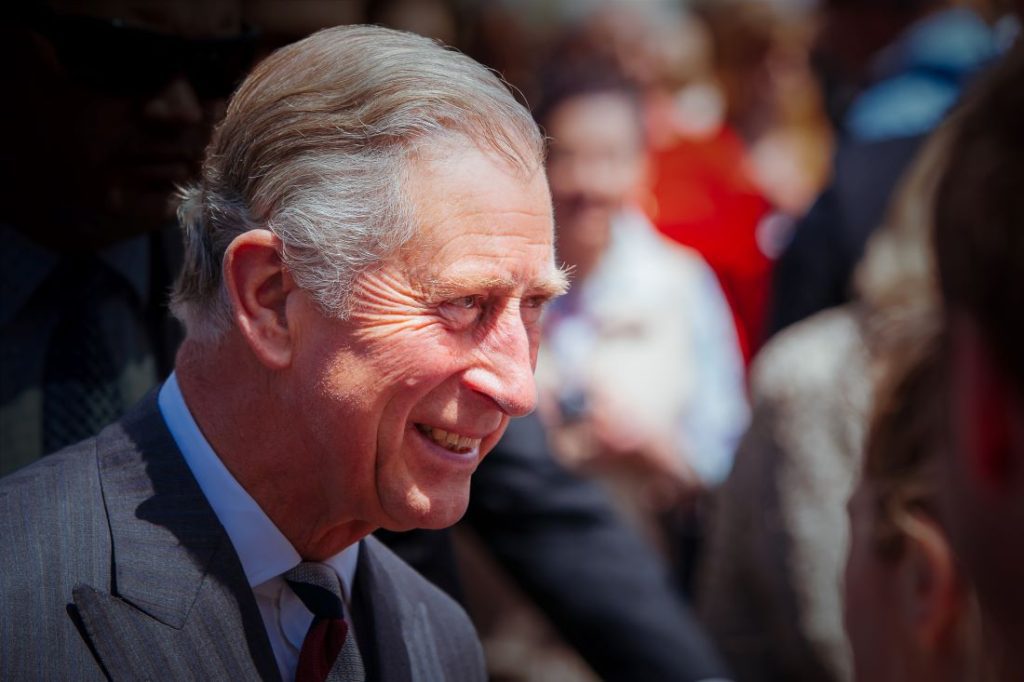
King Charles III
FAMILY TIES
A young man, Charles quickly became known as the world’s most eligible bachelor, romantically linked to several aristocratic women. Their ranks included Lady Jane Wellesley, Amanda Knatchbull, Lady Sarah Spencer and – most notably – Camilla Shand, now the Queen Consort.
It was in 1977 that Charles first met 16-year- old Lady Diana Spencer while visiting her home – Althorp – with her elder sister, Charles’s former flame Lady Sarah.
In 1980, the pair met again and Diana, then a nursery teacher’s assistant in London’s Pimlico, soon began accompanying Charles to events at Balmoral Castle and Sandringham House. The relationship attracted intense media speculation and it was his father, the Duke of Edinburgh, who reportedly urged Charles to propose.
The engagement became official in February 1981 – Charles famously answering “Whatever ‘in love’ means” when quizzed about his feelings – and they married at St Paul’s Cathedral on 29 July. They made their home at Kensington Palace and went on to have two children – Prince William Arthur Philip Louis, born on 21 June 1982, and Prince Henry Charles Albert David, known as Harry, two years later on 15 September 1984.
But within five years, speculation about Charles and Diana’s incompatibility was rife. Both found affection outside of the marriage – by 1986, Charles had resumed his relationship with Camilla (then Mrs Parker Bowles, having married retired British Army officer Andrew Parker Bowles while Charles was stationed abroad) and Diana’s alleged paramours included cavalry officer James Hewitt.
The couple separated in December 1992 with the marriage ultimately dissolved in 1996. In the intervening years, the relationship would be the subject of intense media interest and scandal. In 1994, Charles spoke about the breakdown of the marriage as part of a television interview with broadcaster Jonathan Dimbleby; Diana, in turn, revealed marital problems in a famous BBC Panorama interview with Martin Bashir – who has since come under fire for using deception and forgery to attain the interview. Less than a year later, Diana was tragically killed in a car crash in Paris on 31 August 1997.
Two years later, in 1999, Charles and Camilla made their first public appearance together at a birthday party at the Ritz London. It was the first stage of a PR push to slowly improve public acceptance of Camilla, known as ‘Operation PB’. In 2000, Camilla attended her first event with the Queen present, and began to steadily develop her future royal role through charity work around osteoporosis, promoting literacy, and supporting survivors of sexual assault and domestic abuse.
Charles and Camilla’s decades-long romance culminated in their marriage on 9 April 2005 – the celebration having had to be postponed by a day so that Prince Charles could represent the Queen at the funeral of Pope John Paul II in Vatican City.
Because they were both divorced, Charles and Camilla opted not for a church service but instead formalised their relationship with a private civil marriage ceremony followed by a service of prayer and dedication. Camilla received the title of Duchess of Cornwall following their union.
The civil ceremony, at the Windsor Guildhall in Berkshire, was attended by the rest of the immediate royal family, including Princes William – who acted as the best man – and Harry, and Camilla’s children Tom (Prince Charles’ godson) – and Laura. The Queen and Duke of Edinburgh were not in attendance but did, however, join the couple afterwards at the televised service of blessing, conducted by the Archbishop of Canterbury Rowan Williams and attended by 800 guests, including all the senior members of the royal family, at St George’s Chapel, Windsor Castle. The Queen and Prince Philip also hosted a reception for the newlyweds at the castle later that day.
While some reports suggest the Queen had at first had something of a strained relationship with Camilla, by the end of her long life Her Majesty had demonstrated her unstinting support for her daughter-in-law, writing in a statement to mark her Platinum Jubilee in 2022: “When, in the fullness of time, my son Charles becomes King, I know you will give him and his wife Camilla the same support that you have given me; and it is my sincere wish that, when that time comes, Camilla will be known as Queen Consort as she continues her own loyal service.”
King Charles would later echo this wish in his first address as Monarch. “I count on the loving help of my darling wife, Camilla. In recognition of her own loyal public service since our marriage 17 years ago, she becomes my Queen Consort,” he said.
Charles has had the joy of seeing both his sons follow him up the aisle. In 2011, his eldest son, William, married his long-time sweetheart Kate Middleton in a lavish service at Westminster Abbey. The proud father took on the music selection for the day, including pieces from his own wedding to Diana in the mix as a touching tribute to their late mother.
“I love trying to organise some interesting, I hope, pieces of music for certain occasions – particularly for weddings,” he told Alan Titchmarsh for Classic FM in 2020. “I know my eldest son was quite understanding and was perfectly happy for me to suggest a few pieces for their wedding.”
At the reception for the newlywed Duke and Duchess of Cambridge, Charles welcomed Kate into the family, describing her as the daughter he never had and wishing the couple a lifetime of happiness together. “We are lucky to have her,” he said of his daughter-in-law.
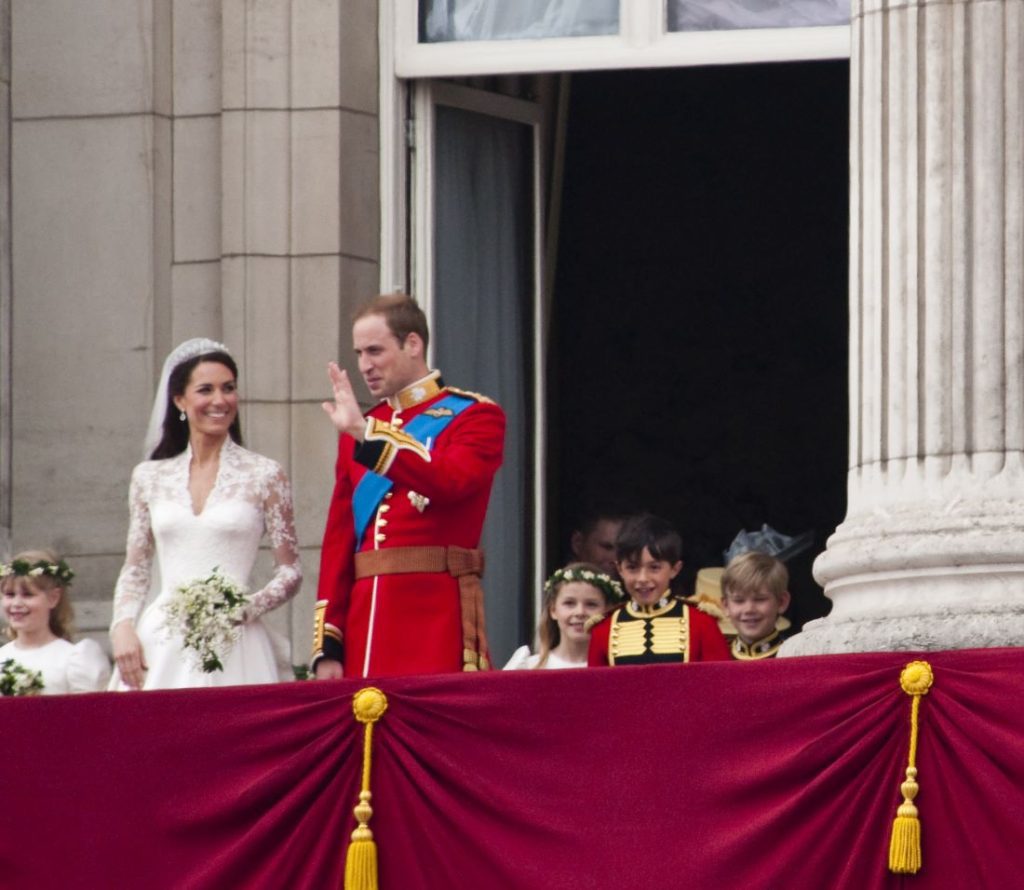
The Duke & Duchess of Cambridge
Charles had a similar hand in the wedding of his younger son, seven years later. The musically inclined royal also helped Harry choose the gospel choir and orchestra that performed at his Windsor wedding to Suits actress Meghan Markle in May 2018. The ceremony included many poignant and highly personal moments, blending UK and American religious styles, as well as Meghan’s request for Charles to walk her down the aisle in her father’s stead.
In the years since, Charles has become proud grandfather to the Prince and Princess of Wales’s three children – George, seven-year-old Charlotte, and Louis, four – and the Duke and Duchess of Sussex’s son Archie, three, and one-year-old Lilibet, named after the Queen.
A LEGACY OF CHANGE
The longest serving heir apparent in Britain’s history, Charles has often been a controversial figure within both royal and public circles, due perhaps in part to his outspoken nature and determination to create a modern monarchy that represents the UK today.
In his early years he was widely and unkindly mocked for his outspoken views on architecture and the environment, decrying modern building styles and talking to plants. In 1969, the young Prince of Wales wrote a letter to Prime Minister Harold Wilson about the decline of salmon stocks in the Scottish rivers. “People are notoriously short-sighted when it comes to questions of wildlife,” he wrote.
“At the beginning, everyone thought he was crackers, the mad prince who had these strange ideas. They wrote him off completely,” Penny Junor, a biographer who has written volumes about Charles and the royal family, told the Washington Post in 2021.
“He’s been saying these things for 50 years, but world has caught up to Charles, hasn’t it?” she said. “He’s certainly not a crank now.”
The King has more recently been praised for his forward-thinking approach to environmental causes. His personal carbon footprint is admirable, his own Highgrove House estate having been an eco-friendly haven for more than 35 years and boasting a sustainably grown garden and shop, wildflower conservation and is powered by 90% renewable energies. He famously converted his 50-year-old Aston Martin to run on waste materials.
On the wider stage, in 2020, Prince Charles established the Sustainable Markets Initiative, aiming to kickstart action towards a greener future. Now, more than 500 CEOs are part of the initiative, including the heads of some of the world’s biggest financial institutions.
He also helped launch the Campaign for Wool initiative, whose mission is to educate consumers about the benefits of wool, a material which biodegrades naturally, meaning it doesn’t accumulate in landfill and oceans.
His passion for environmentalism took centre-stage in November 2022 as he hosted a reception at Buckingham Palace for politicians and global leaders to discuss tackling climate change ahead of the UN climate summit Cop27 in Sharm El-Sheikh – though, as monarch, he did not attend the summit itself.
Environmental causes are among the King’s charitable patronages, and he is president of the UK branch of wildlife charity WWF. In 2014 he joined forces with Prince William ahead of a high-level summit on the illegal wildlife trade in London hosted by the UK government, to call for an end to the endangered wildlife trade.
“We have come together, as father and son, to lend our voices to the growing global effort to combat the illegal wildlife trade – a trade that has reached such unprecedented levels of killing and related violence that it now poses a grave threat not only to the survival of some of the world’s most treasured species, but also to economic and political stability in many areas around the world,” they said.
Another major area of interest for Charles is social mobility. Among the 20 charities he has set up, and many more he patrons, possibly his greatest professional triumph is the Prince’s Trust.
The King founded the Trust in 1976 to help disadvantaged young people in the UK gain access to education, jobs and training. He set up the charity using his Navy severance pay to fund 21 pilot initiatives – including providing a grant to a 19-year-old woman to run a social centre for London’s Haggerston Housing Estate. The Trust’s Enterprise Programme was launched in 1983 and, within three years, had helped 1,000 young people launch their own businesses.
Along with fundraising concerts and famous ambassadors – including England football manager Gareth Southgate, Bond star Naomie Harris, and musician Will.i.am, who donated £500,000 to the Trust for STEM programmes in 2011 – the Trust also offers a range of courses and projects for young people. Its latest is the Class of Covid initiative, helping to support young people impacted by the Covid-19 pandemic. To date, the Prince’s Trust has helped 1,000,000 young people aged 11-30.
So, as we get ready to observe the making of history in this very modern coronation, what kind of King will Charles be? In a continued cost of living crisis, will Charles III prove a frugal monarch? As an advocate of creating a “slimmed down monarchy”, reports suggest that he may soon present a streamlined firm of just seven key working royals – thought to include the Queen Consort, the Prince and Princess of Wales, The Princess Royal, and the Duke and Duchess of Edinburgh.
And what will his impact be now his passion for adding his voice publicly on matters of finance and the environment are necessarily curtailed by the crown? Outspoken about many issues despite the Crown’s position of staunch neutrality, the former Prince of Wales’s involvement in politics was exposed to the public when a decade’s worth of private letters were released in 2015 – the so-called Black Spider Memos – in which he lobbied MPs on issues ranging from farming, genetic modification, global warming, social deprivation, and planning and architecture.
As Charles III prepares for his coronation, all eyes will be on how his contemporary court adapts to – and remains relevant for – today’s UK. Speaking about his role in public life, Charles has said: “The most important thing will be to have concern for people and give some form of leadership.
“It’s a fascinating job and I’m looking forward to the future.”
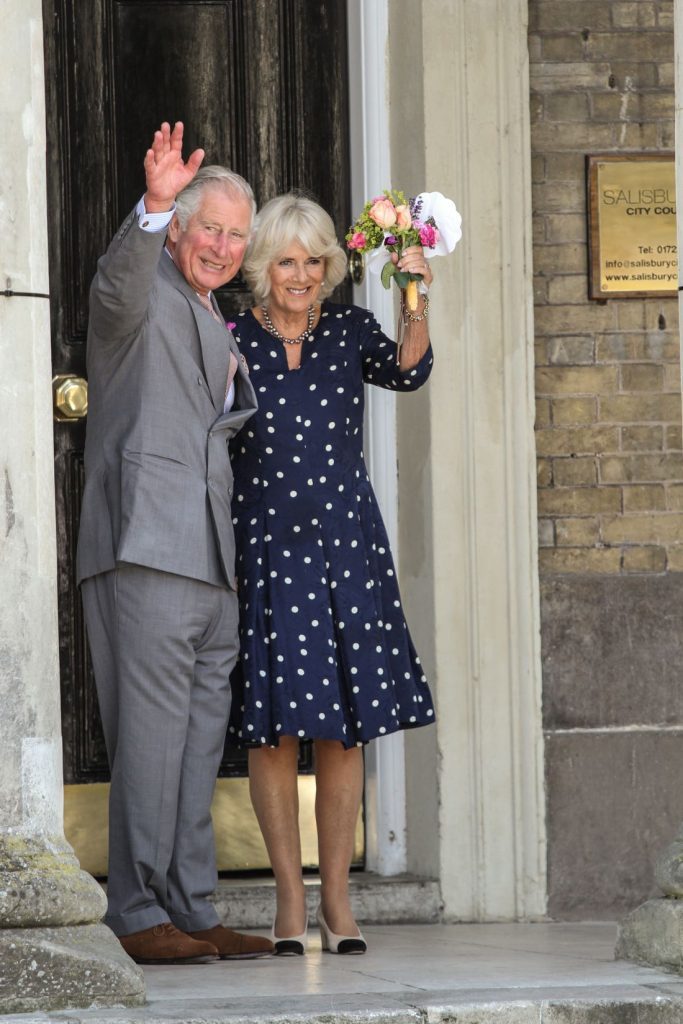
King Charles III & The Queen Consort







